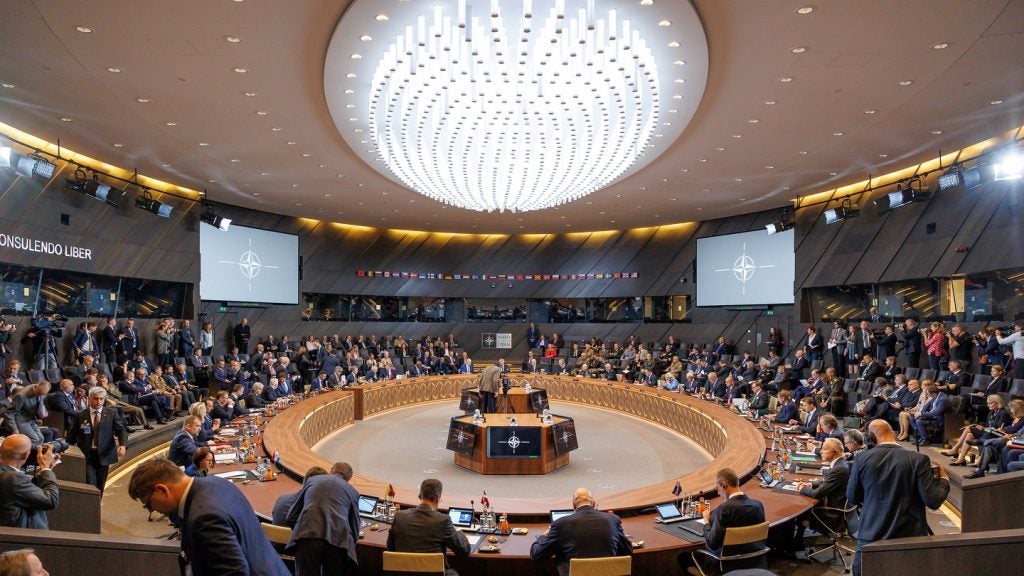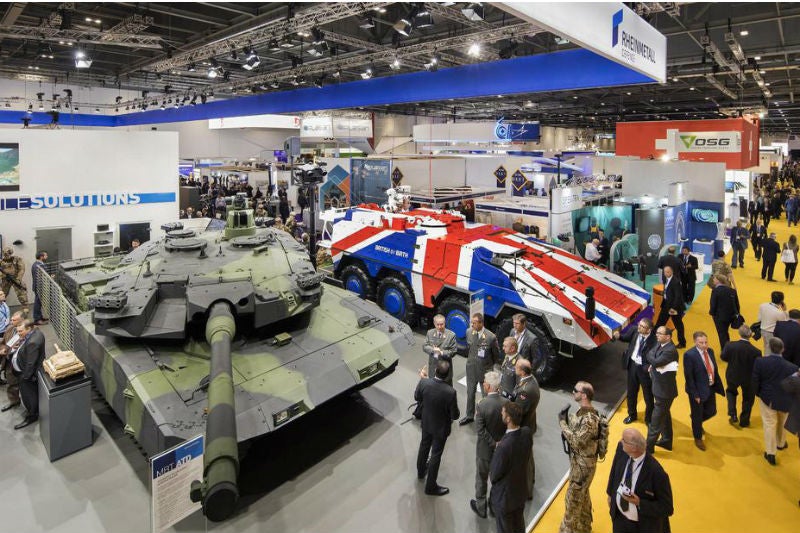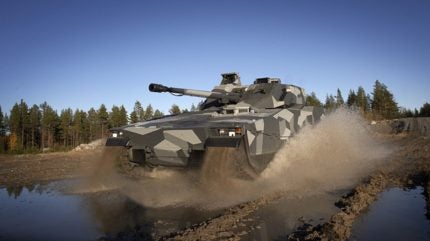
The continued upgrade of the CV90 infantry fighting vehicle (IFV) by operators across Europe paints a picture of what might have been with the British Army’s FV510 Warrior, whose Capability Sustainment Plan (WCSP) was axed in 2021 ahead of its planned departure from UK service in 2025.
Both IFVs, where the Warrior has soldiered on with little to no upgrades throughout its near 40-year service life – the Kuwaiti Desert Warrior being the exception – the CV90 has been continuously built upon, with multiple national variants offering bespoke solutions departing on operational requirements.
A decade newer and slightly larger (the CV90 Mark IV is around 38 tonnes compared to the Warrior’s 25 tonnes), the CV90 does have an advantage in having more physical space in which to perform upgrades, although this by no means excuses the Warrior’s lack of spiral development.
CV90 infantry fighting vehicle vs Warrior: a no contest
The most recent capability announcement coming from a CV90 operator is indicative of the range of upgrades that the platform is capable of undertaking, and came at a time when the British Army’s own Warrior fleet saw another batch consigned to retirement.
In early June 2024 the first of the upgraded CV90 IFVs operated by the Royal Netherlands Army completed its mid-life upgrade (MLU) process, with a total of 122 vehicles due to undergo the MLU programme that will see, among other system, the addition of an entirely new turret.
Other upgrades for the Dutch CV90 include an active protection system (APS) capability through Elbit Systems’ Iron Fist, which provides radar and optical detection of incoming threats, with the inbuilt hard-kill system neutralising inbound shells and missiles.
Additional anti-tank capability is achieved through the Spike LR2 missile launcher, which can be operated in a range of modes, including Non-Line-Of-Sight (NLOS) targeting. The new electro-optical panoramic sight sits in a retractable mast, which has also integrated new thermal imaging cameras and 360-degree IR/day cameras to improve situational awareness.
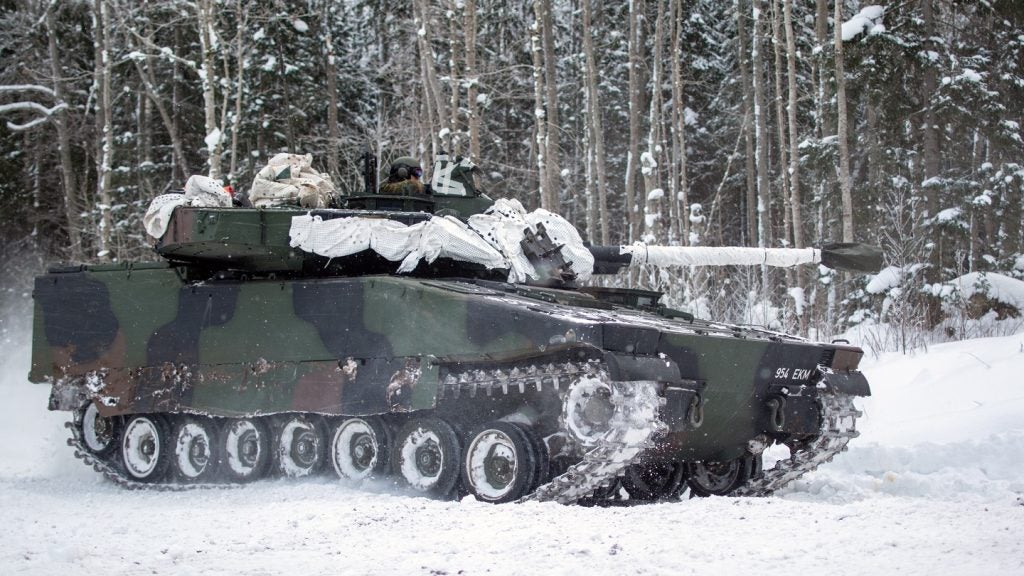
Looking at CV90 as a base platform, it can accommodate 30mm, 35mm, and 40mm main gun options, the integration of anti-tank guided missiles, APS, and the potential to integrate a UAV in the latest Mk V variant, among other possibilities including sensors or appliqué armour as needed.
Other weapon options including 105mm or 120mm main guns, 81mm mortar, and other systems have also been created as concepts, should there be a requirement for future development in this direction.
Some 1,400 have been produced since 1993 across 17 variants, and is currently in service with Sweden, the Czech Republic, Norway, Finland, Estonia, Ukraine, Switzerland, Denmark, the Netherlands, Norway, and Slovakia.
Warrior CSP: a plan created, and axed
The WCSP was designed to extend the in-service life of the Warrior beyond 2040 and was broken up into three parts; the Warrior Fightability Lethality Improvement Programme, Warrior Enhanced Electronic Architecture, and Warrior Modular Protection System.
The lethality element, comprising the new turret and main weapon, was perhaps the most significant, but each element would have contributed to the wider upgrade of the platform.
A leading feature of the British Army’s planned WCSP was the integration of a new turret and 40mm main gun from CTA International, in what would have added a significant uptick in lethality capability for the platform through a range of new ammunition types and the new ability to fire on the move.
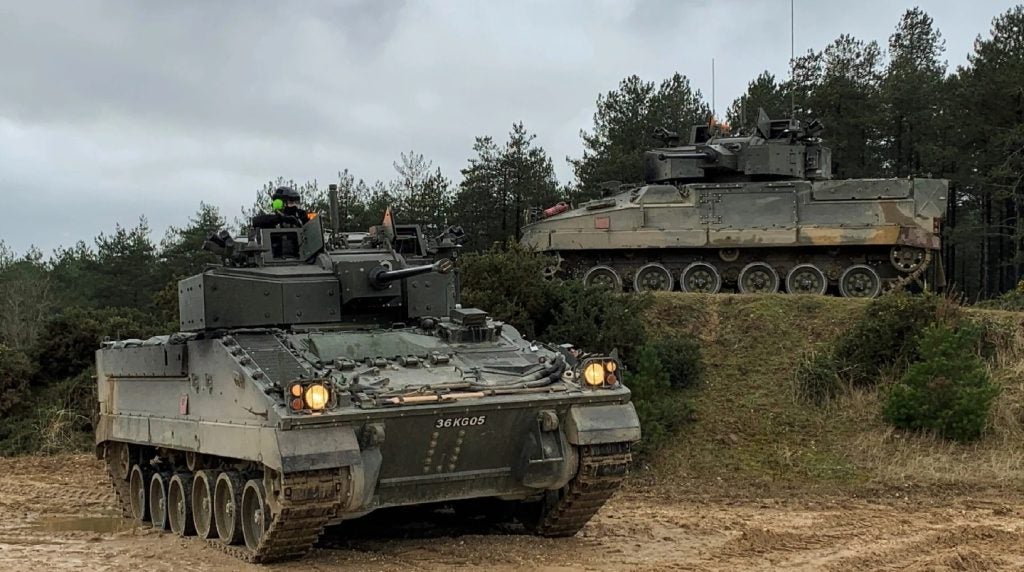
The same CTA International 40mm main gun is also being installed on the Ajax IFVs currently being built for the British Army, a programme that is still planned to be delivered in full to the service. The development of a new turret for the Warrior, along with the bespoke Ajax programme, were to first new turrets being manufactured in the UK since the Challenger 2 main battle tanks in the 1980s.
However, in 2021 the UK Defence Command Paper announced that the British Army would retire the Warrior IFV fleet from 2025, abandoning plans to undertake the WCSP.
How many Warriors are left in the British Army?
In May 2024 it was revealed that of the 632 Warrior IFVs in the British Army’s inventory, 80 are awaiting disposal with the fate of a further nine platforms expected during the 2024-25 financial year, despite the fleet due to hit its out-of-service date in 2025.
This number has dropped from a July 2023 report in which the UK Ministry of Defence (MoD) stated the British Army had 708 Warrior IFVs in its inventory.
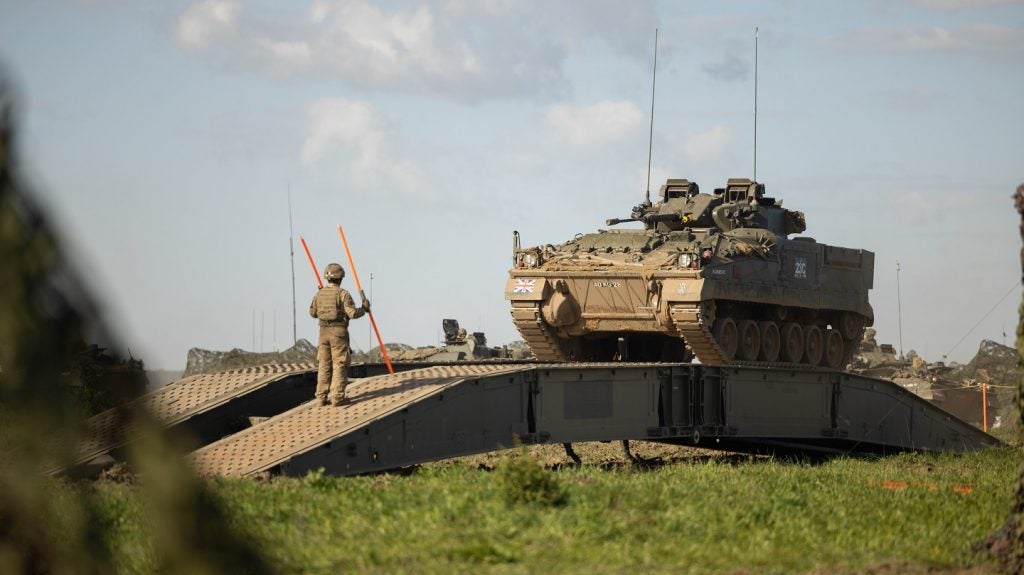
In 2023 the UK MoD contracted Rheinmetall Electronics UK in a £10.6m ($13m) deal for the delivery and integration of rear-facing cameras on the British Army’s Warriors, in order to meet critical safety requirements.
The MoD contract will see the delivery and integration of 359 units and include the following sub systems: rear camera; display control unit; cabling loom, and camera wash wipe facility.
At the time the Warrior rear-camera deal was stated as being an ‘accelerated procedure’, with the MoD justifying the process due to “reasons of urgency” in that allowing the usual contractual process to be undertaken would “have safety implications” to the Warrior IFV crew while on operations.
The contract is listed as having a conclusion by 31 October 2025.
Warrior to persist, but what future?
Despite the loss of the WCSP, the Warrior in the British Army will persist beyond 2025 given 359 vehicles are to be upgraded with the RSCS system.
However, they are already on the precipice of obsolescence on the battlefield, and without any sort of upgrade, bar rear camera for safety purposes, the platforms are rapidly falling into the rear-view mirror of counterparts in service to the East and West.




